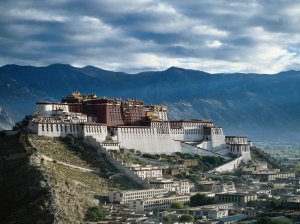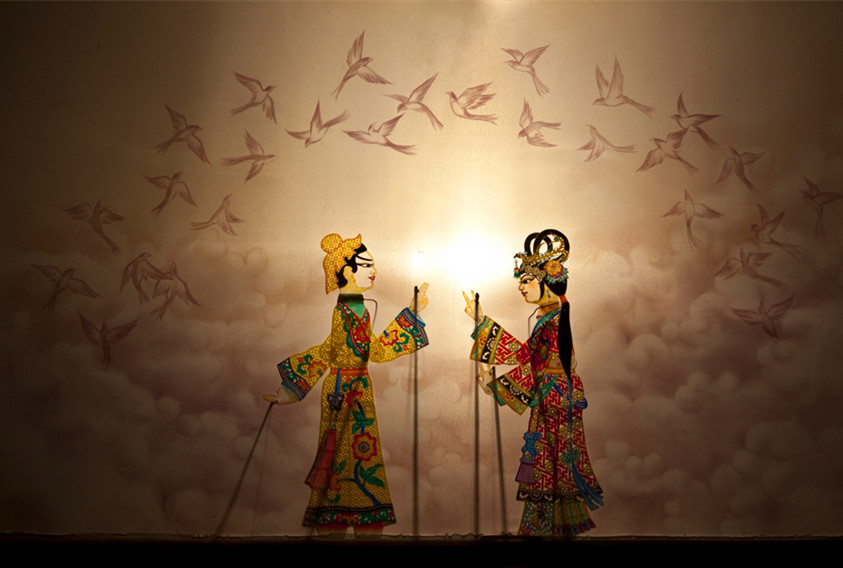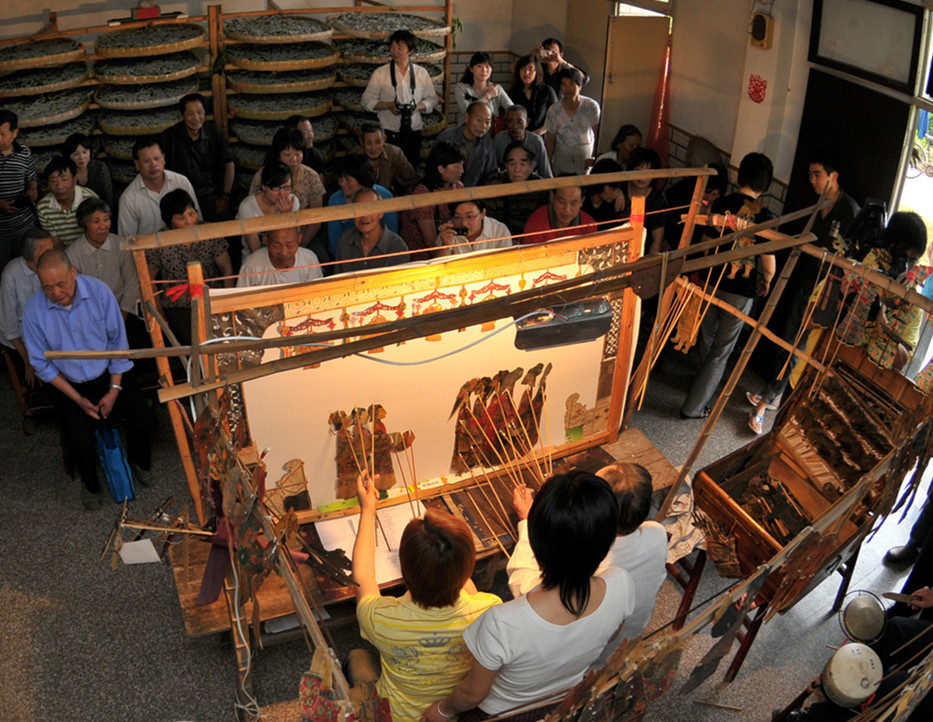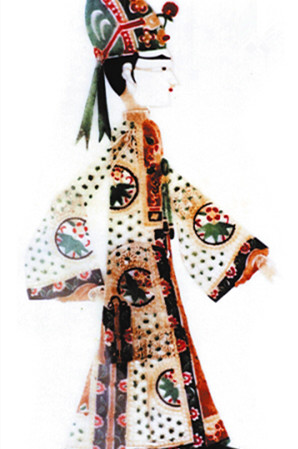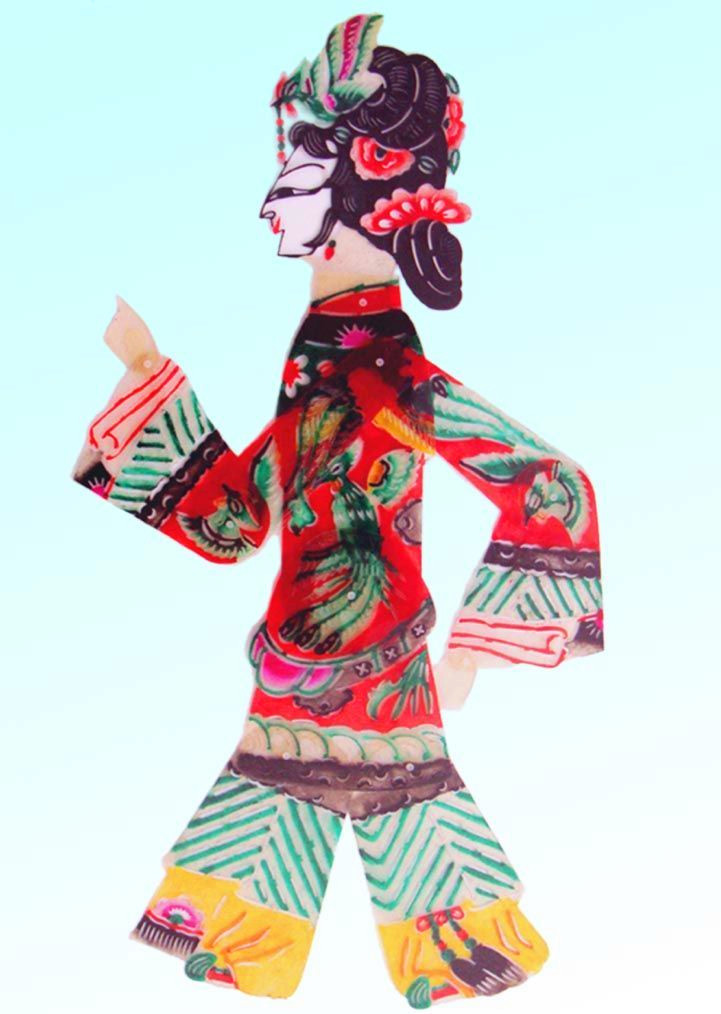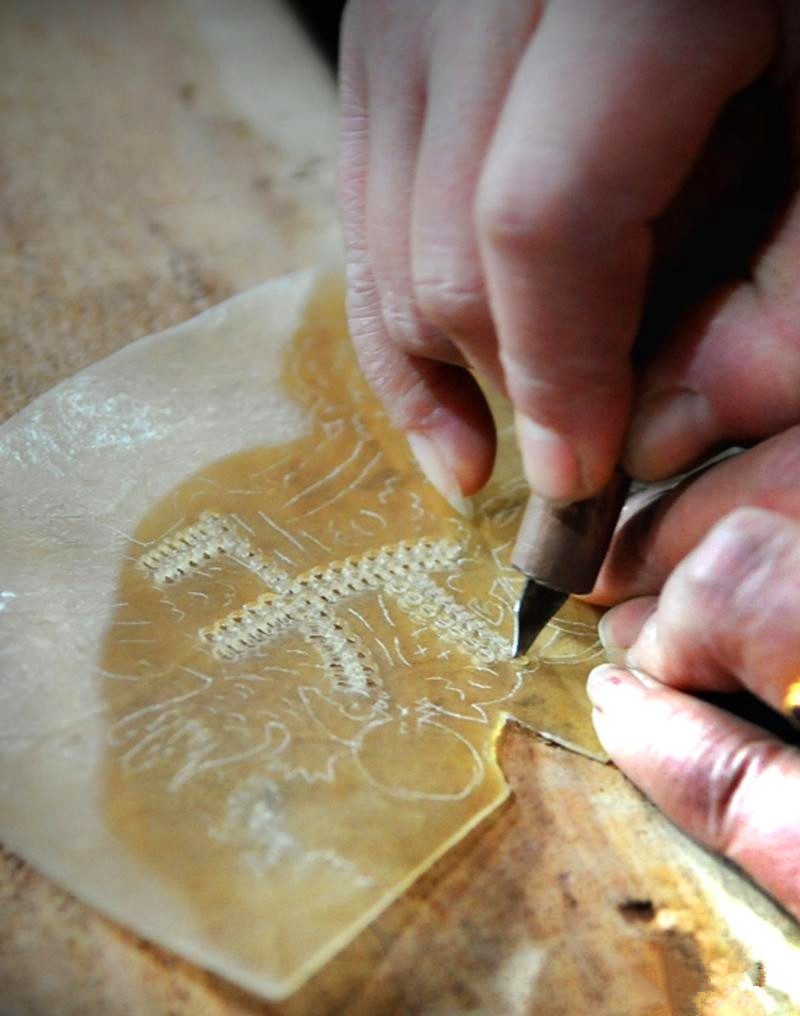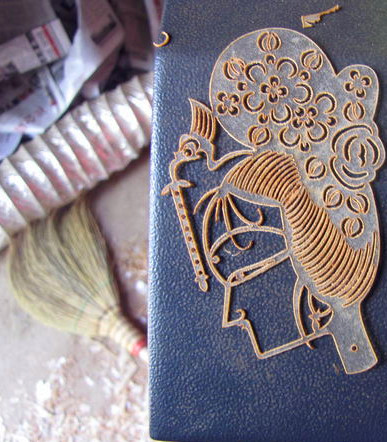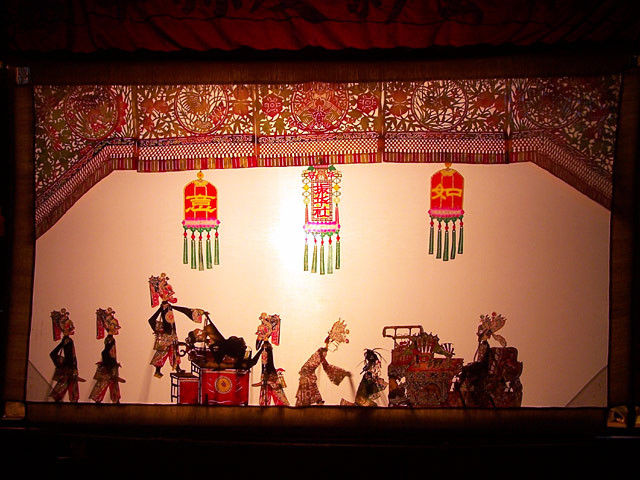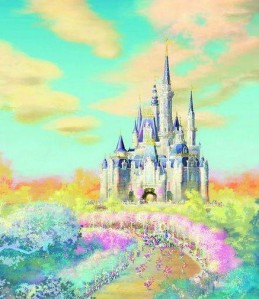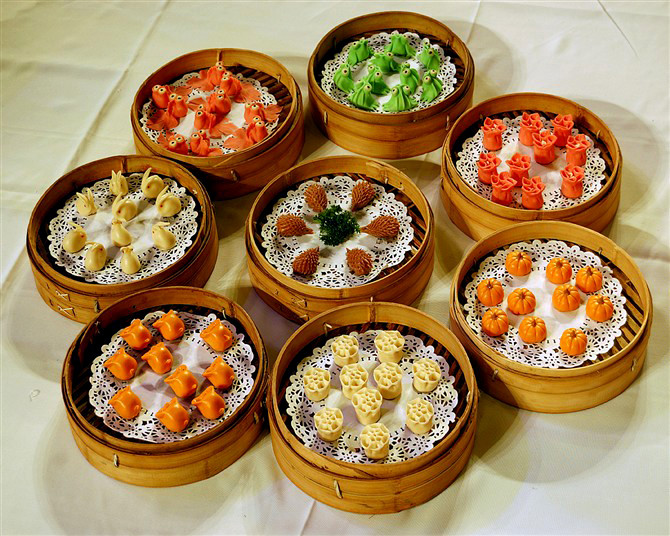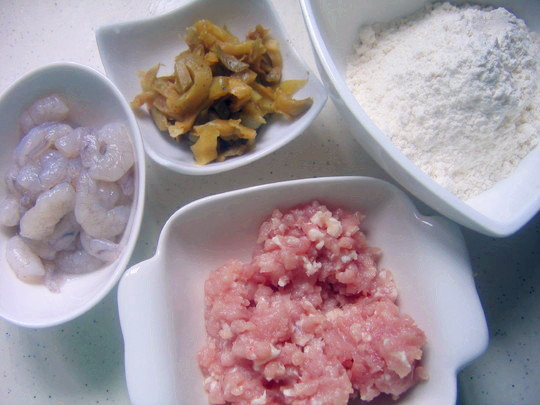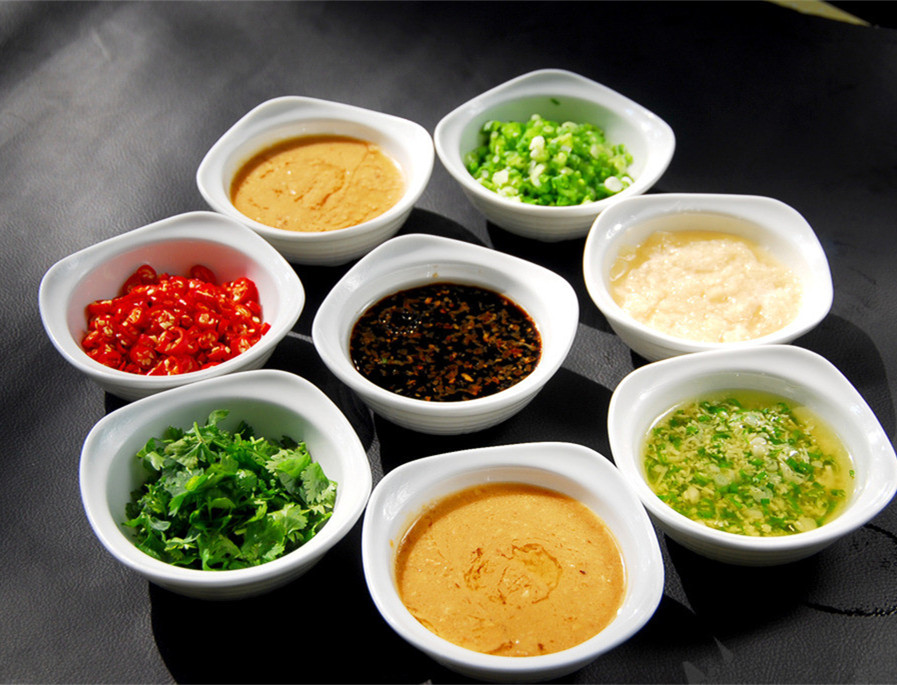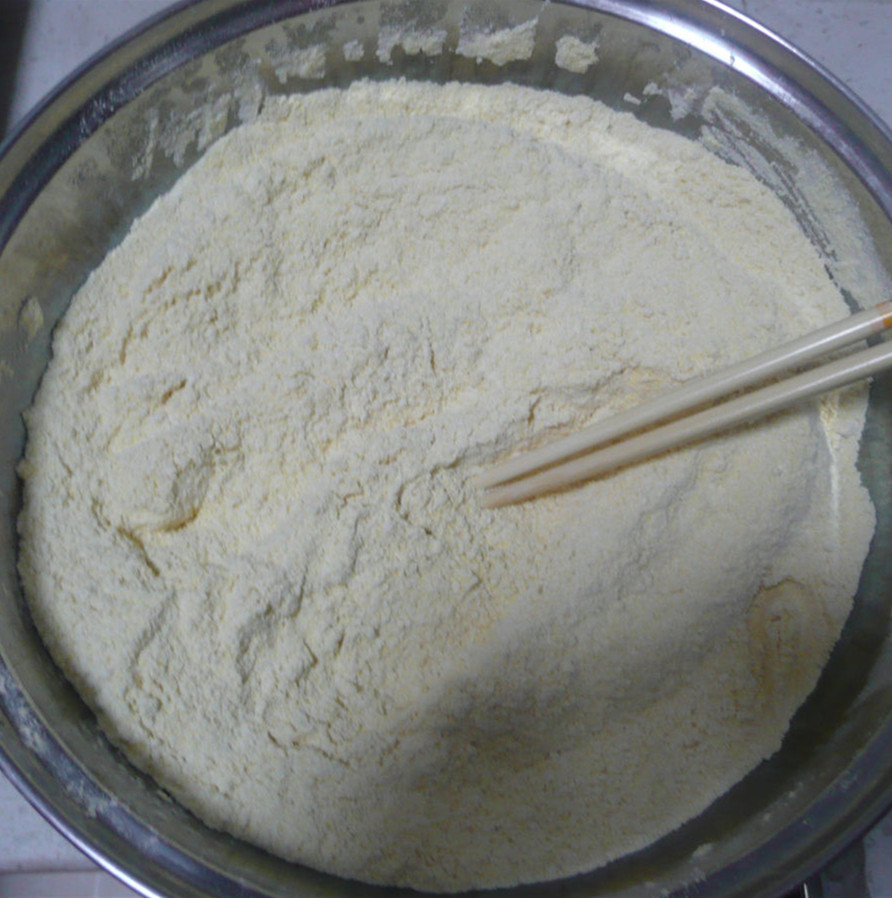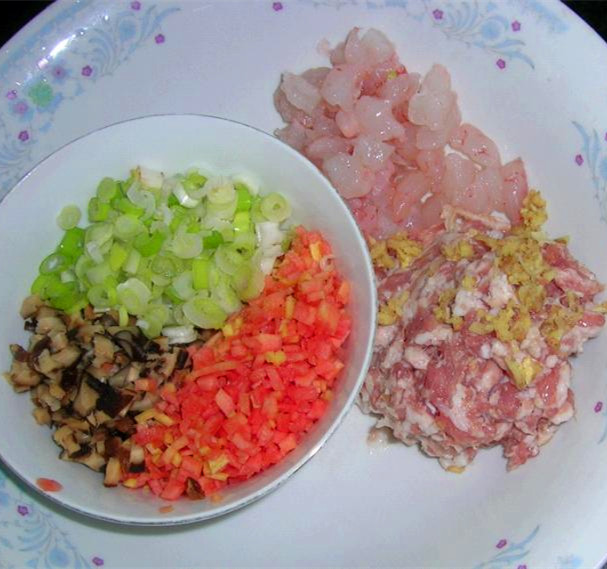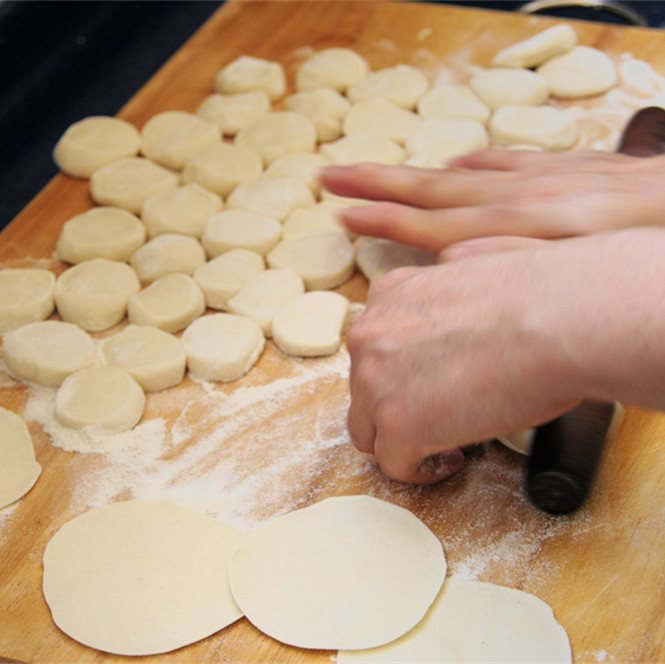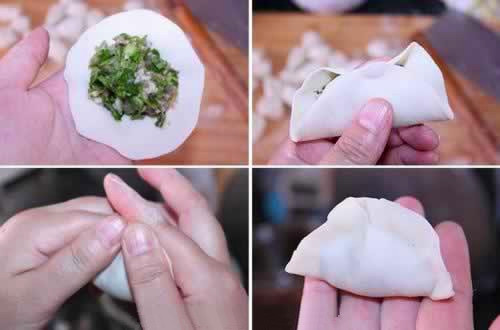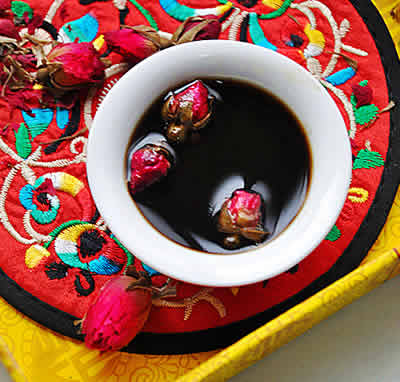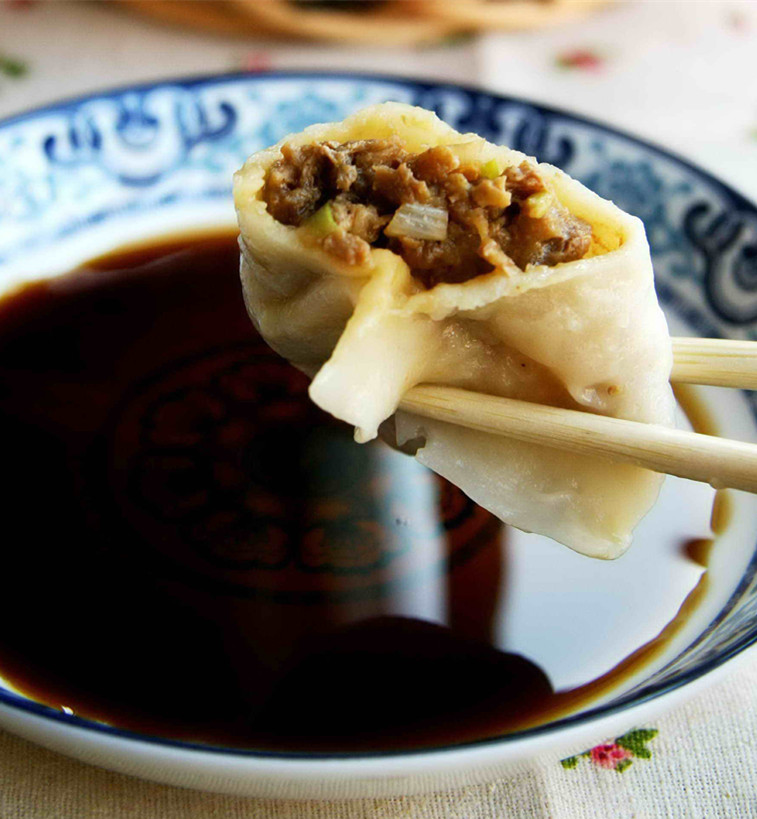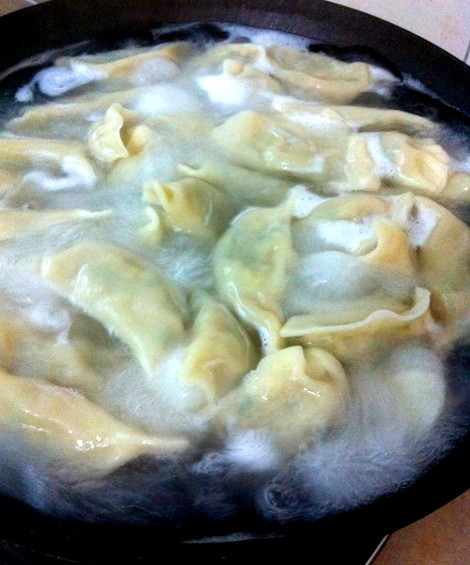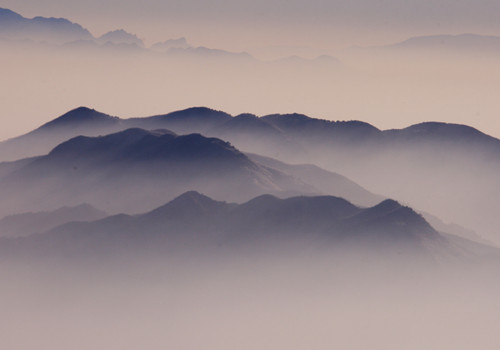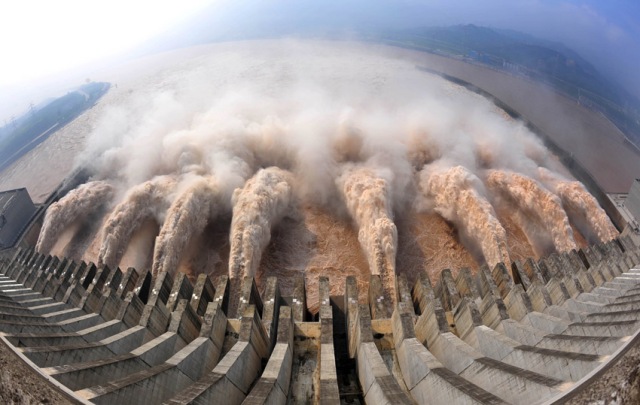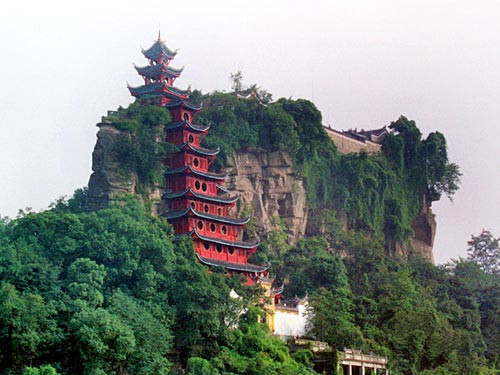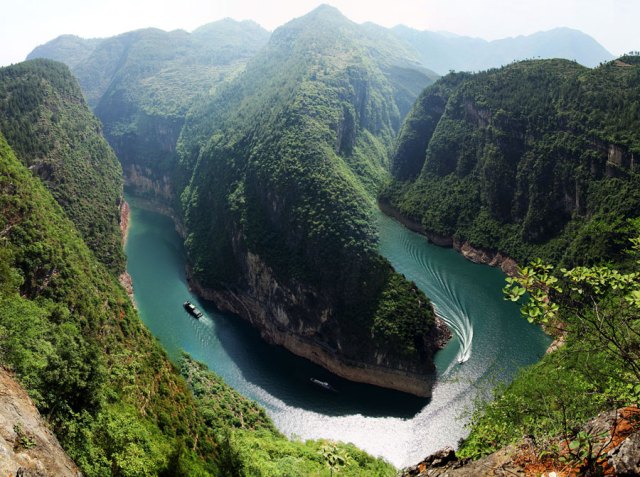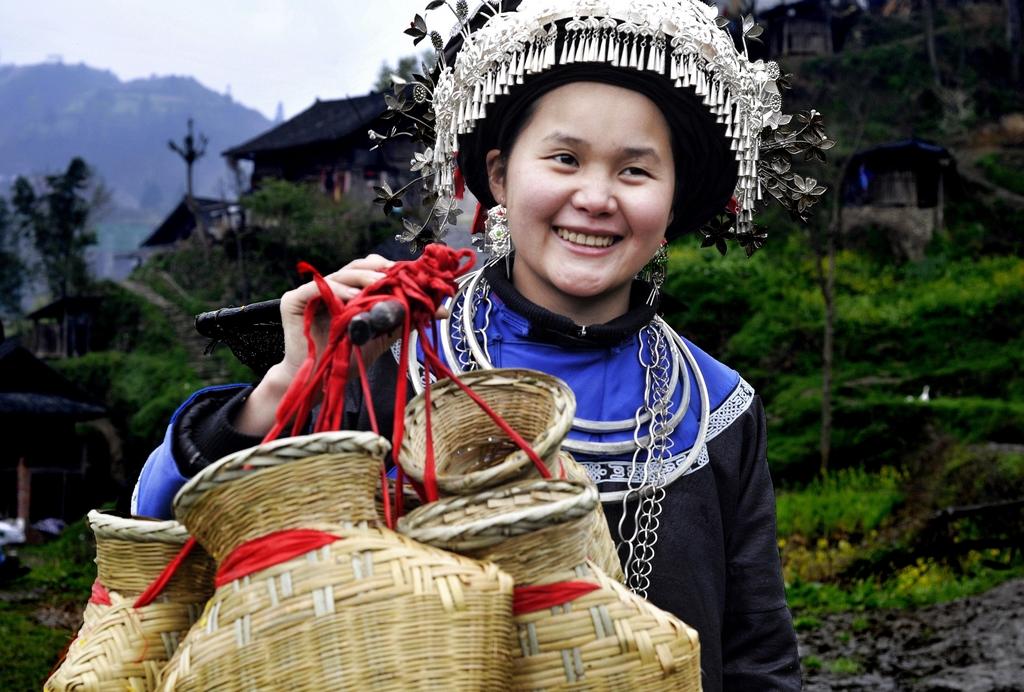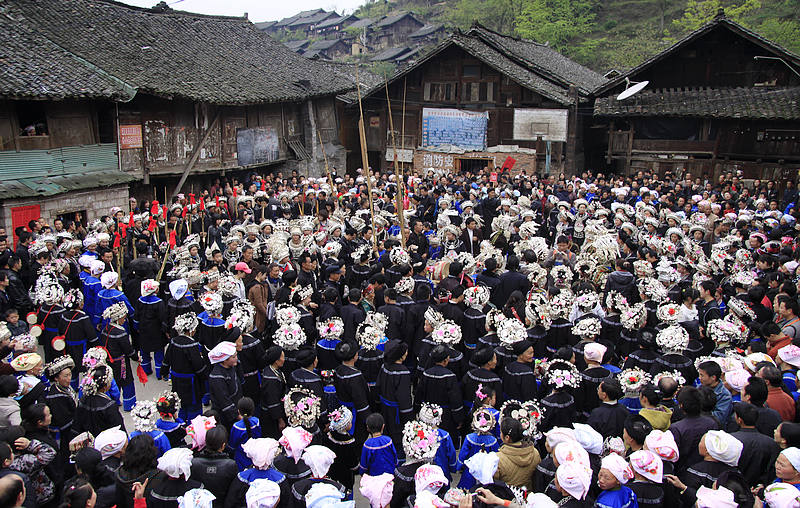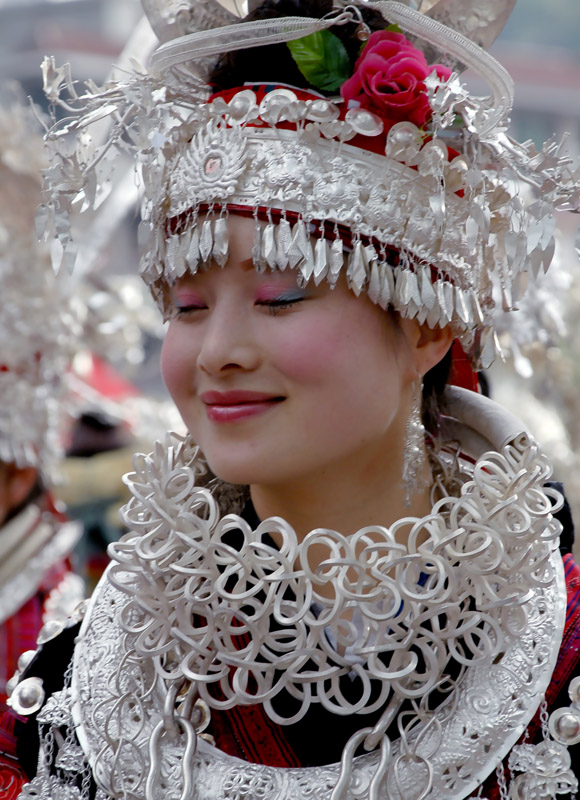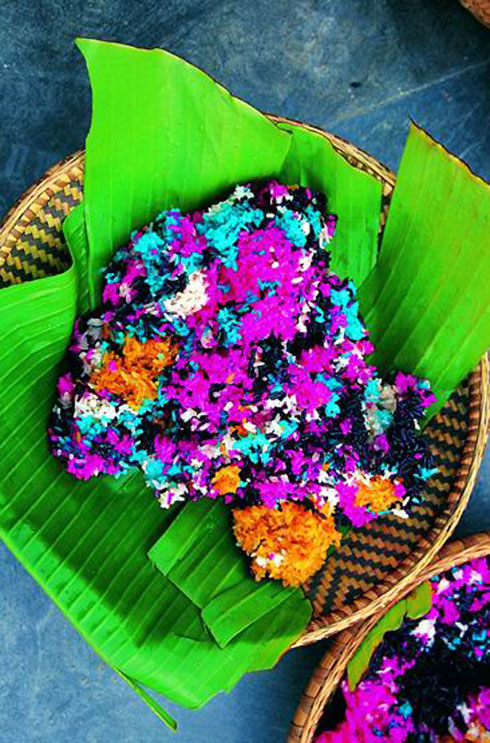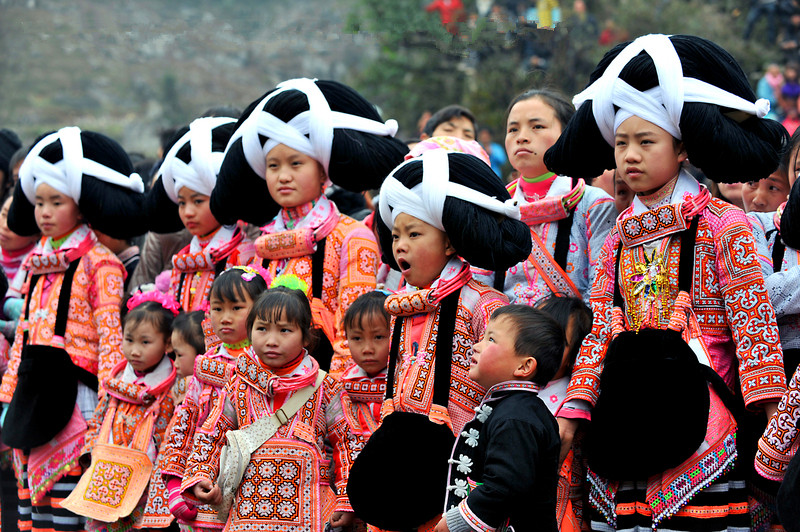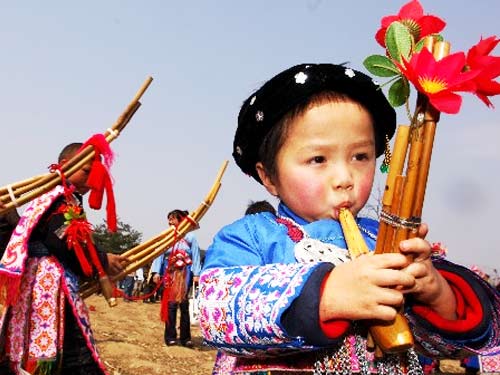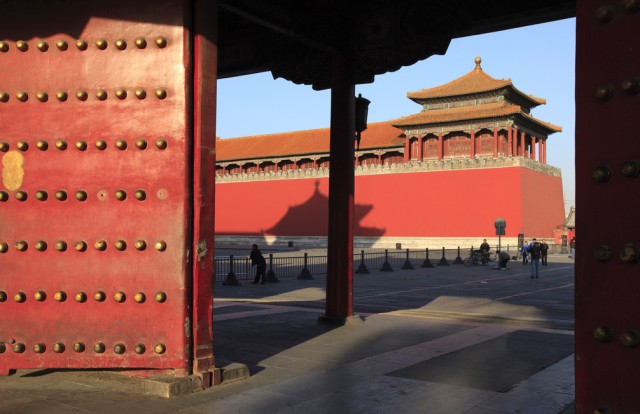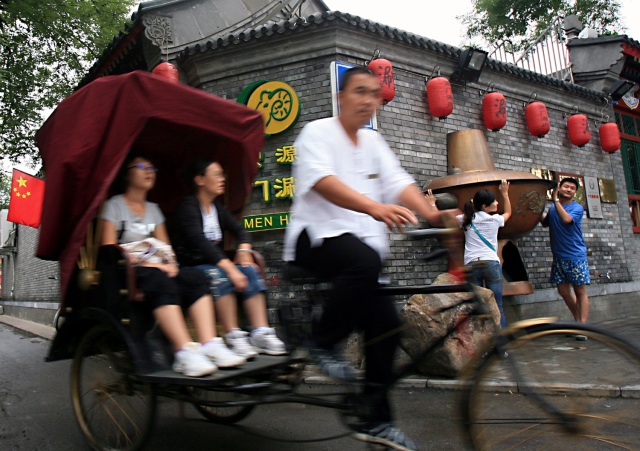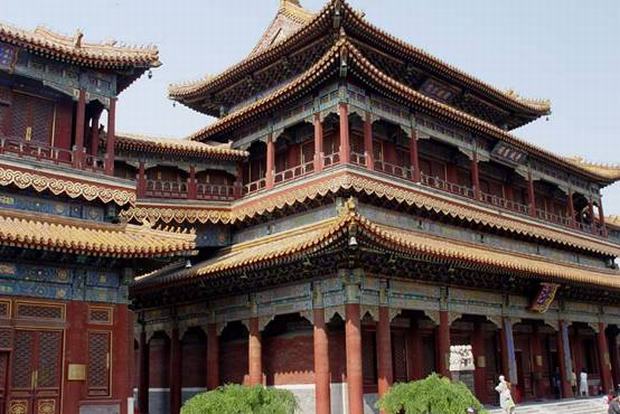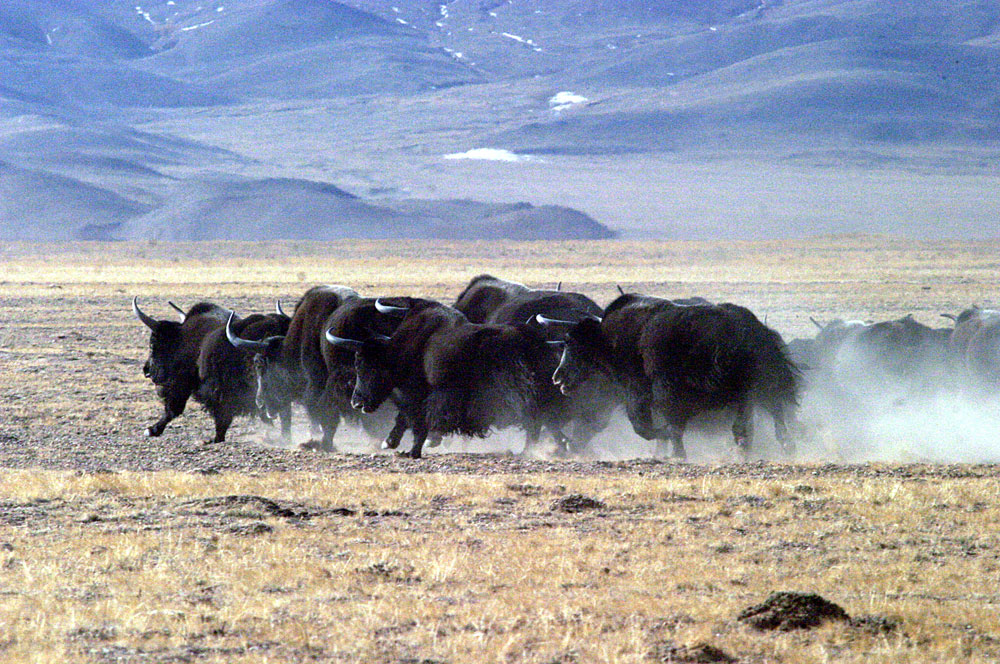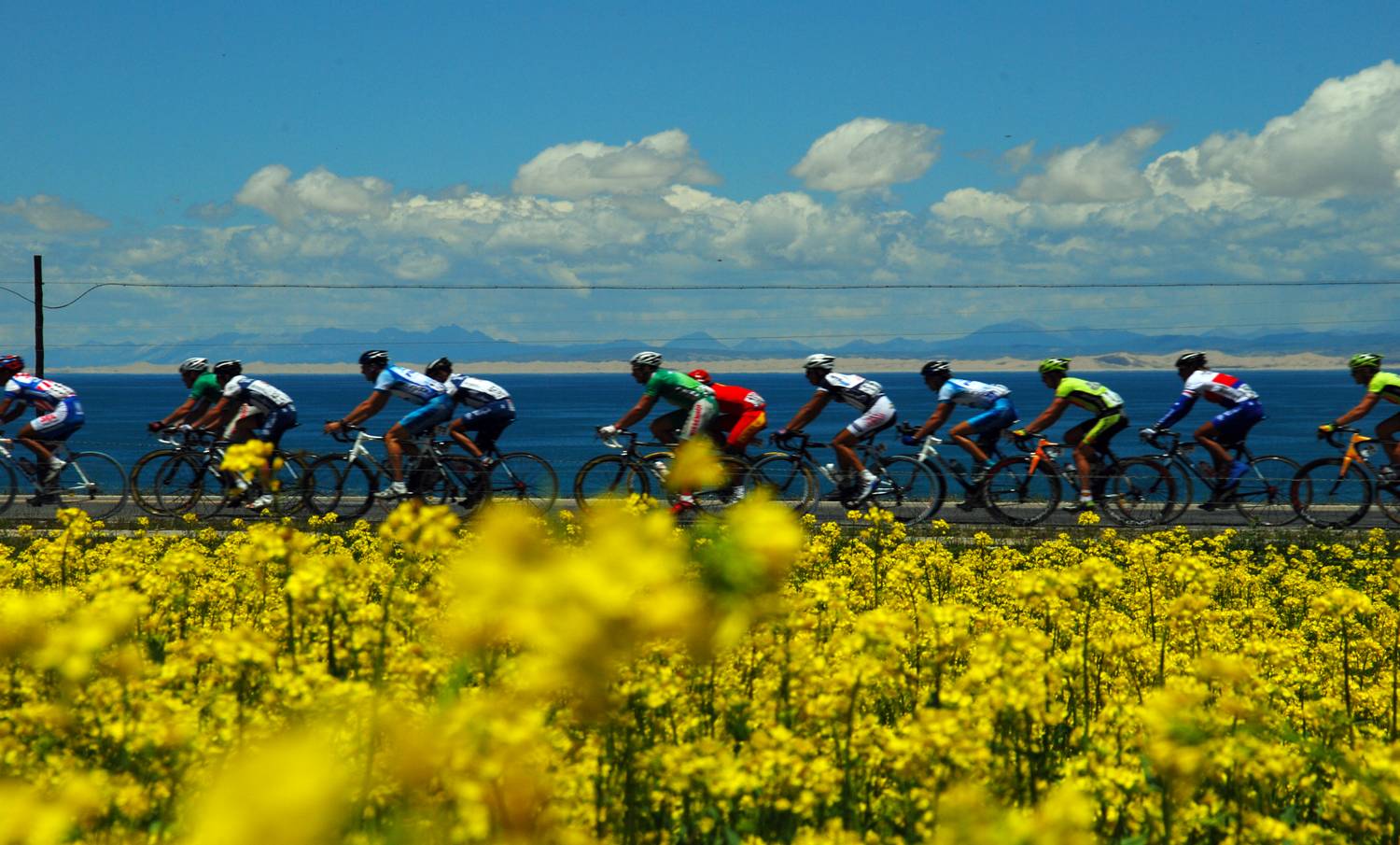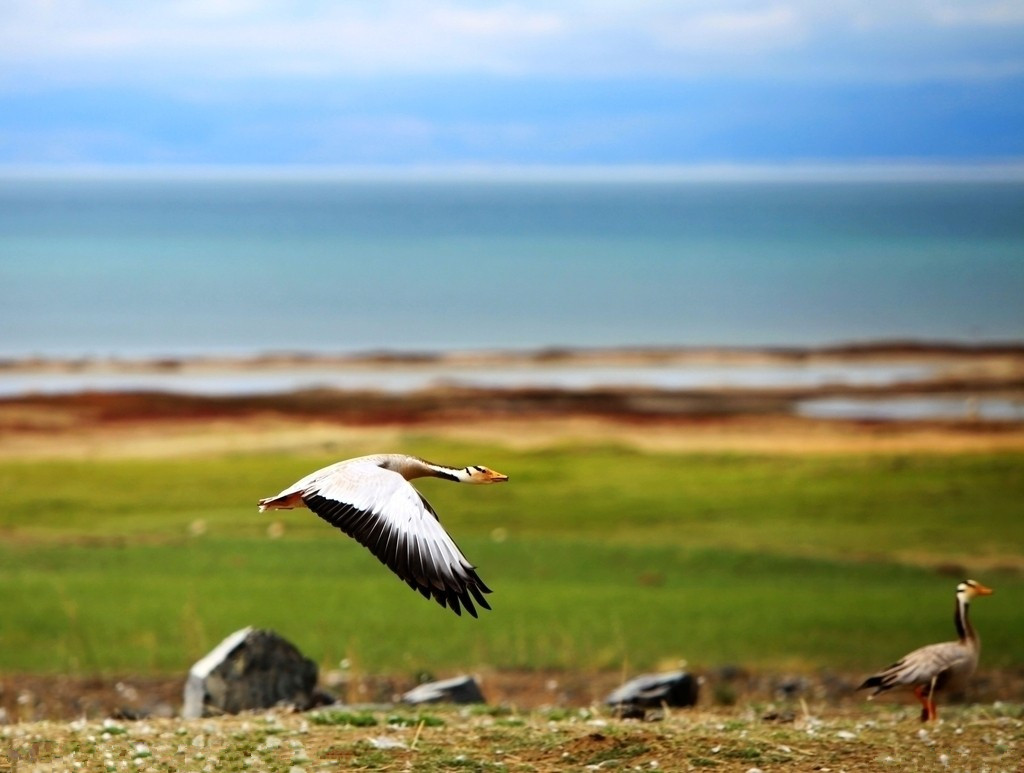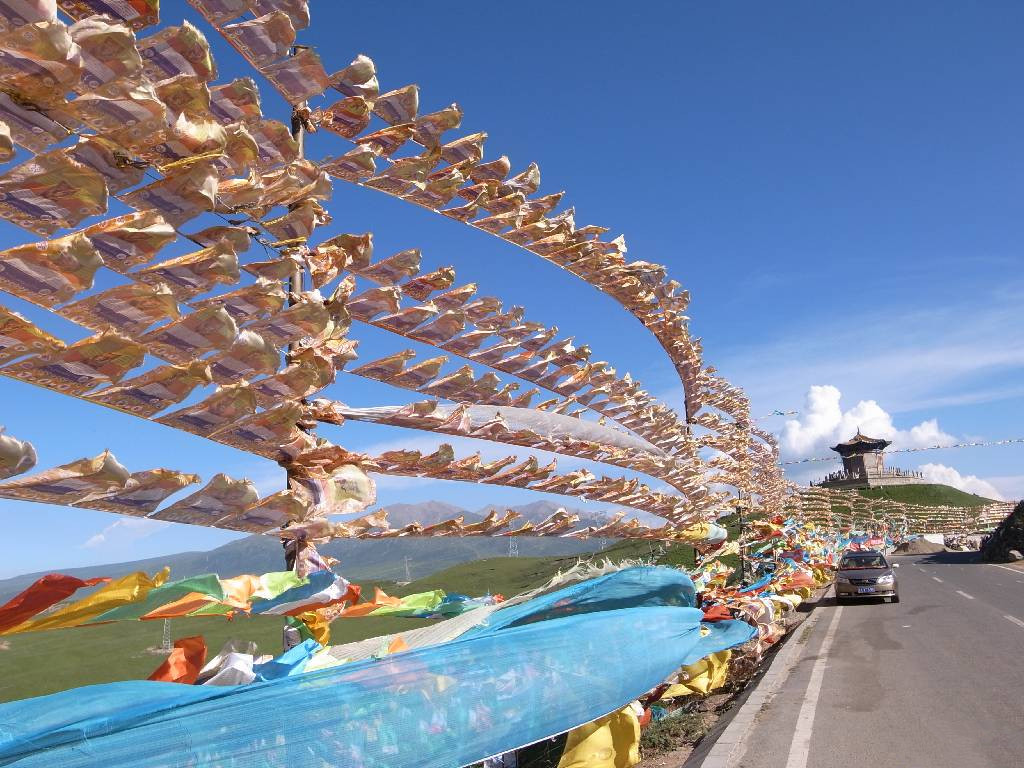The Shangri-La Hotel, Lhasa officially opened on April 17, 2014, and expects to boost luxury Tibet travel. The new opening in Tibet marks the hotel chain Shangri-La’s returning to its “home”. It was so named because of the hidden paradise amid Himalayan snowy mountains in Tibet, first written about by British author James Hilton 80 years ago.
Is there anything special about Shangri-La Hotel, Lhasa?
The brand-new Shangri-La Hotel, Lhasa is dedicated to leading guests to enchanted Tibetan culture. After arrival, guests will receive a white Khata (a piece of silk used as a greeting gift from Tibetan people) and then pray for good harvest and good luck. In the luxury guestrooms, there is yak milk tea served in unique Tibetan teapots. When guests check out, hotel staff will play Tibetan musical instruments and sing traditional Tibetan songs to pray for the guests and see them off.
The location of Shangri-La Hotel, Lhasa
3650 meters above sea level, surrounded by magnificent glaciers and vast wilderness, the hotel has a great location within walking distance of some of Lhasa’s best-known attractions, including the Potala Palace and Norbulingka Palace. Potala Palace was sacred to the Buddha of Compassion, whom the Indians worshipped as Avalokitesvara and the Tibetans believe to be Chenresik, who passed his spirit into the Dalai Lamas. Potala Palace was served as the home of all the Dalai Lamas, while the Norbulingka was built to be the summer palace. See: Potala Palace
The guestrooms and restaurants of Shangri-La Hotel, Lhasa
The hotel features 262 contemporary guestrooms and 17 hyper-luxury suites, as well as the exclusive Horizon Club Lounge. Rooms are spacious with a minimum size of 43 square meters and suites provide up to 250 square meters of luxurious space. Moreover, almost everything here is of quaint traditional Tibetan style, including the exterior architecture, the interior design, the restaurants, in the terms of dim and romantic lights, Tibetan hand-made blankets, lucky knots… At the hotel, guests can enjoy the enchanting views of the Potala Palace from different angles or the breathtaking mountains.
Guests can taste different cuisine in the hotel’s Shang Palace and the all-day dining restaurant. Shang Palace serves outstanding Cantonese and Sichuan cuisine. The all-day dining restaurant offers a variety of excellent international cuisine. Guests can also relax in the Shambala to have imported beers, whiskies and cocktails with mouth-watering Yunnan and Tibetan tapas.Shangri-La Hotel, Lhasa will be a perfect stay in Lhasa for a Tibet tour
With the opening of Shangri-La Hotel, Lhasa, now we have found a perfect stay in Lhasa after a day of exploring the beautiful sites. Don’t hesitate any more, and just take a Tibet tour to get a ultimate visual and spiritual experience, to meet with Potala Palace, ancient monasteries, the snow mountains, the grasslands, holy lakes, as well as the hidden Shangri-la.See: Exciting Tibet Tours

